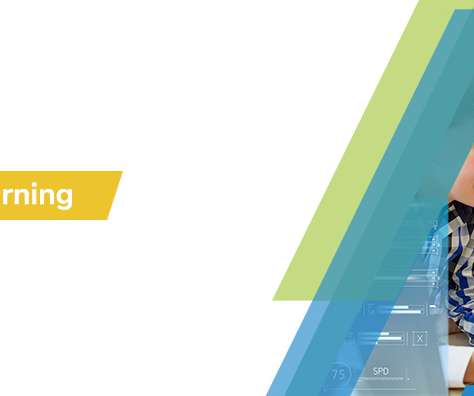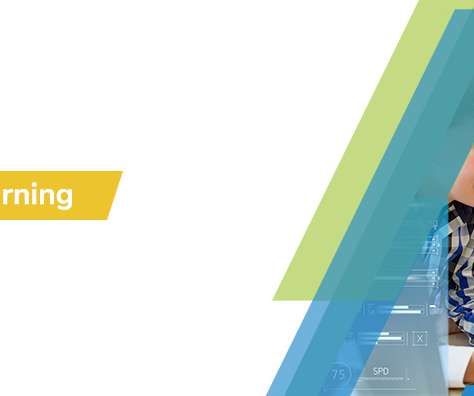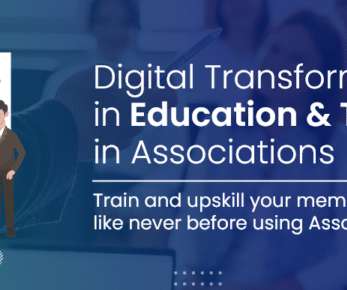Redefining the Taxonomy of eLearning
CommLab India
APRIL 13, 2017
Instructional designers have for long fallen back on the celebrated Bloom’s classification system, created for traditional classroom training, to define their learning objectives and create courses that meet the needs of learners. How is the Revised Bloom’s Taxonomy Used? How is the Revised Bloom’s Classification Different?





























Let's personalize your content